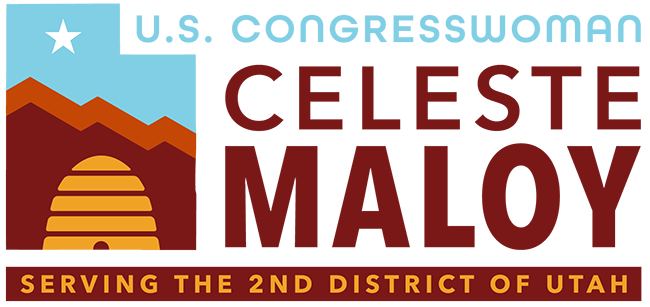Op-Eds
Congress must reform our outdated permitting process
Washington, D.C. ,
July 30, 2024
Imagine waiting 18 years for permission to start a business or complete a project vital to your community’s growth. Last year, Wyoming finally broke ground on the country’s largest onshore wind farm, a project that could carry 3,000 MW of power across four Western states. The catch? They had to wait 18 years for it to get approved. This is the harsh reality for many in the energy industry, which has been stifled by an outdated and convoluted federal permitting process. It’s a system that hinders innovation, burdens entrepreneurs, and delays economic development. Western states, where the federal government owns nearly 50% of the land, especially feel the need for permitting reform every time rural counties carry out the day-to-day functions of government. Seventy percent of Utah’s land is federally owned, one of the highest percentages in the nation, second only to Nevada. In Oregon, the federal government owns more than half of the land. As Western Americans, we have spent our careers explaining this burden to our East Coast colleagues. Industries out West are more subject to the whims of the federal permitting process than the rest of the nation. Local governments in rural Western counties have to submit to federal permitting to carry out the basics of day-to-day governance, from road improvements to water treatment. This is just another way the broken federal permitting system is working against ordinary people. That’s why we introduced the Full Responsibility and Expedited Enforcement Act — to cut through the red tape and bring our permitting process into the 21st century. The FREE Act aims to streamline the federal permitting process by introducing a “permit-by-rule” system. This system allows applicants to certify their compliance with preestablished criteria instead of submitting applications and hoping they meet opaque and inconsistent requirements. The current permitting process is often a black box for applicants. Federal permits that lack objective standards leave applicants in the dark about why permit approval stalls or what corrections should be made when permits are denied. Under the FREE Act’s permit-by-rule, agencies would have a 30-day window to prove an application does not meet the criteria. If there are no problems, the permit is automatically granted. The FREE Act would direct agencies to evaluate their systems and submit a report outlining each permit and its requirements. The legislation would shift the burden of proving compliance onto the government instead of the applicant, better serving the country. And it would refocus government resources away from gatekeeping and toward auditing and enforcing compliance, which is what we should have been doing all along. We’ve already seen this process work for the Environmental Protection Agency, Ohio, and Texas. Even by changing the process for smaller projects, as with Ohio’s permit-by-rule system, wait times and financial burdens have been reduced across the board. It’s time for the federal government to catch up with the improvements states have already been making. Going from an 18-year process to one that takes just 30 days would radically affect our economy and innovation. By reducing time spent waiting for permits to be approved, we will open the door for innovation and economic growth. Applicants will fully understand what regulations they need to meet before applying. Our current process is outdated. We can’t keep operating as we did 20 or 50 years ago when our population and needs as a nation have grown exponentially. This change is long overdue. Originally published in the Washington Examiner. |
